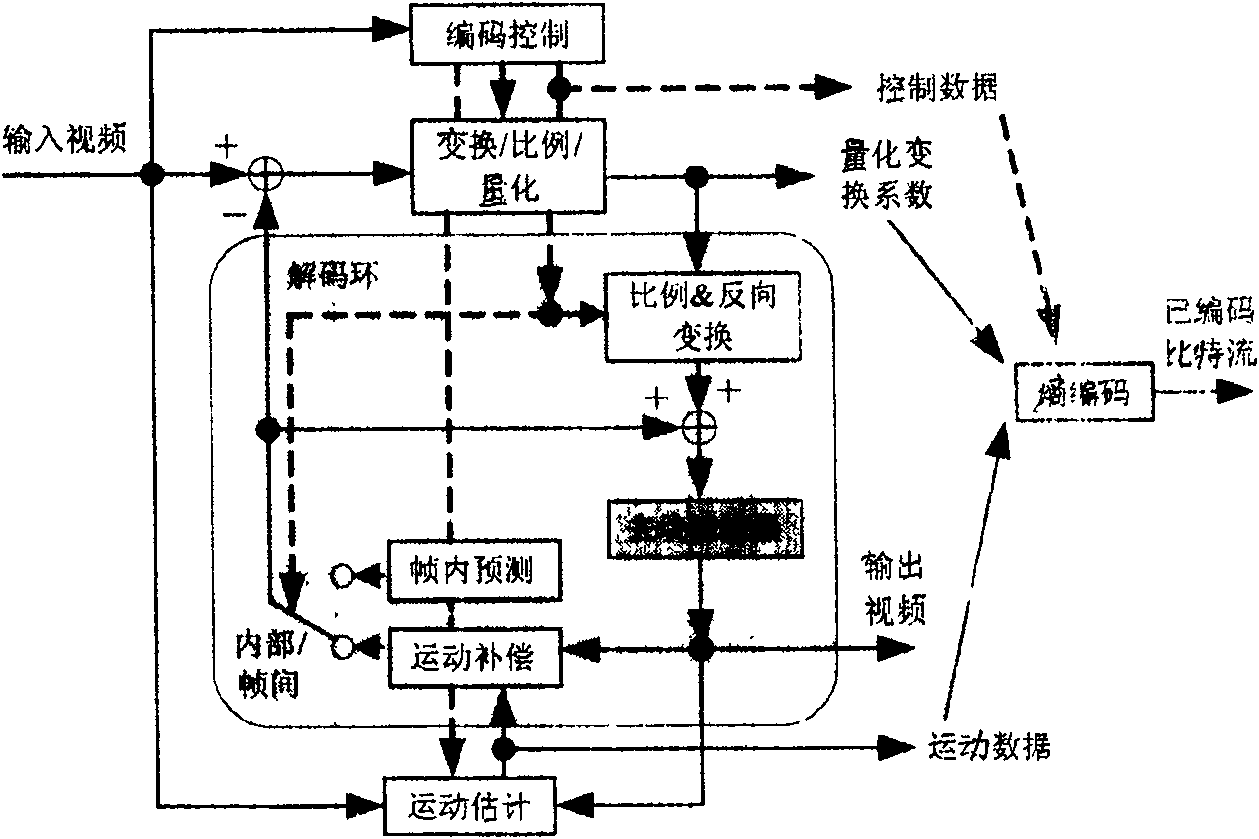Filter for eliminating block
A technology of deblocking filter and filtering unit, which is applied in the direction of TV, electrical components, digital video signal modification, etc., can solve the problems of increasing circuit area, limiting the speed of deblocking filter, and transform coefficient error, so as to improve the filtering speed, The effect of reducing complexity and reducing access
- Summary
- Abstract
- Description
- Claims
- Application Information
AI Technical Summary
Problems solved by technology
Method used
Image
Examples
Embodiment Construction
[0027] The present invention will be described in detail below in conjunction with the accompanying drawings and embodiments.
[0028] Referring to FIG. 2 , FIG. 2 is a schematic diagram of luma blocks and chrominance blocks in a macroblock and adjacent blocks used in the deblocking filtering process. In the H.264 / MPEG-4 AVC standard, image prediction, quantization and transformation are all based on 4×4 blocks, so filtering is also performed on the basis of 4×4 blocks. This standard stipulates that horizontal filtering is performed on the vertical boundaries of luma and chrominance blocks and adjacent blocks, and then vertical filtering is performed on the horizontal boundaries.
[0029] Referring to FIG. 3, FIG. 3 shows three filtering orders used in the deblocking filtering process. In Figure 3, each block needs to go through two vertical boundary filters and two horizontal boundary filters during the entire filtering process. The current typical filtering sequence include...
PUM
 Login to View More
Login to View More Abstract
Description
Claims
Application Information
 Login to View More
Login to View More - R&D
- Intellectual Property
- Life Sciences
- Materials
- Tech Scout
- Unparalleled Data Quality
- Higher Quality Content
- 60% Fewer Hallucinations
Browse by: Latest US Patents, China's latest patents, Technical Efficacy Thesaurus, Application Domain, Technology Topic, Popular Technical Reports.
© 2025 PatSnap. All rights reserved.Legal|Privacy policy|Modern Slavery Act Transparency Statement|Sitemap|About US| Contact US: help@patsnap.com



